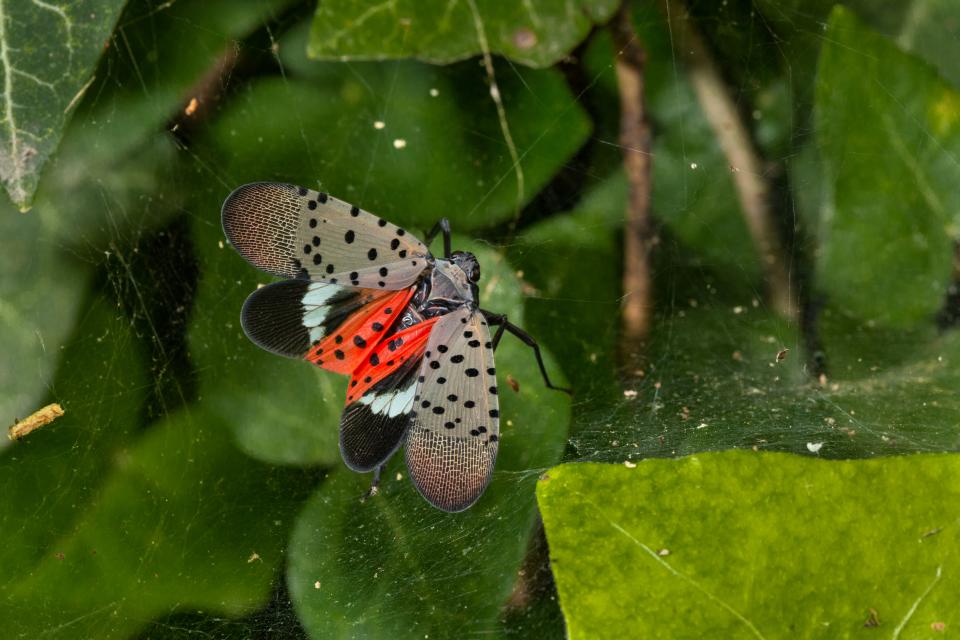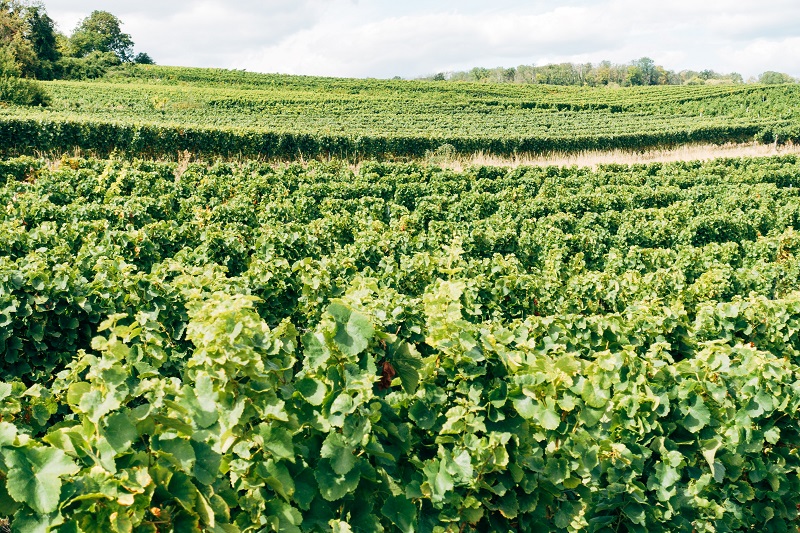Never This Far West: Spotted Lanternfly Found Alive in Indiana

The latest findings of the invasive spotted lanternfly have now stretched further westward in Ohio and Indiana. (photo credit: USDA)
The Ohio Department of Agriculture (ODA) and Indiana Department of Natural Resources (DNR) announced, respectively, the arrival of spotted lanternfly (SLF) in Cuyahoga County, OH, and the first detection of the invasive pest in Indiana.
In Indiana, SLF was found in the state for the first time in Switzerland County, the farthest west the insect has been discovered in the U.S., according to DNR. A homeowner in Vevay contacted DNR’s Division of Entomology and Plant Pathology (DEPP) with a picture that was taken outside his home of a fourth instar. DEPP staff surveyed the site and discovered an infestation in the woodlot adjacent to a few homes in the area. The site is within 2 miles of the Ohio River and the Markland Dam. DEPP and USDA are conducting an investigation to determine exactly how large the infestation is and where it could have come from, as well as how to limit the spread and eradicate the population.
In Ohio, a tree-care professional alerted ODA on Aug. 26 to SLF on the East Side of Cleveland. ODA plant pest inspectors confirmed the sightings of living adult in the area. An inspector with the Animal and Plant Health Inspection Service also confirmed the presence of an SLF population at a secondary location. A railroad line connects both locations, ODA said. The exact location was not released by officials.
This is the second sighting in Ohio, following the October 2020 capture of five live adults among trees in Mingo Junction, which is south of Steubenville, along the Ohio River.
Ohio is the sixth-largest wine producer in the U.S., contributing more than $1 billion to the state’s economy every year. More than 250 wineries across the state employ thousands of people. ODA has been working with USDA, Ohio Department of Natural Resources, Ohio State University Extension, and the Ohio Grape Industries Committee to do visual surveys, insect trapping, and outreach in the region.









